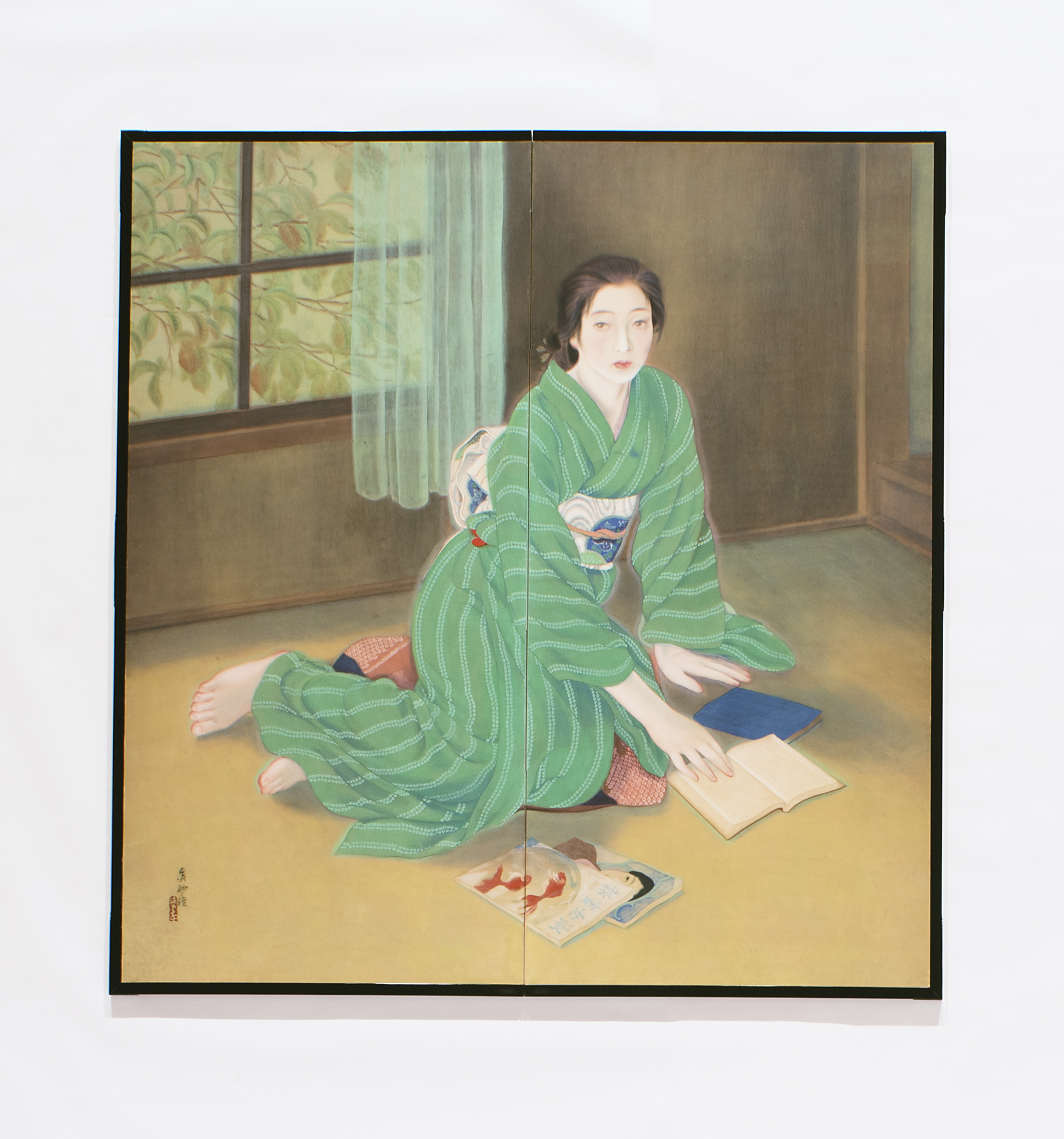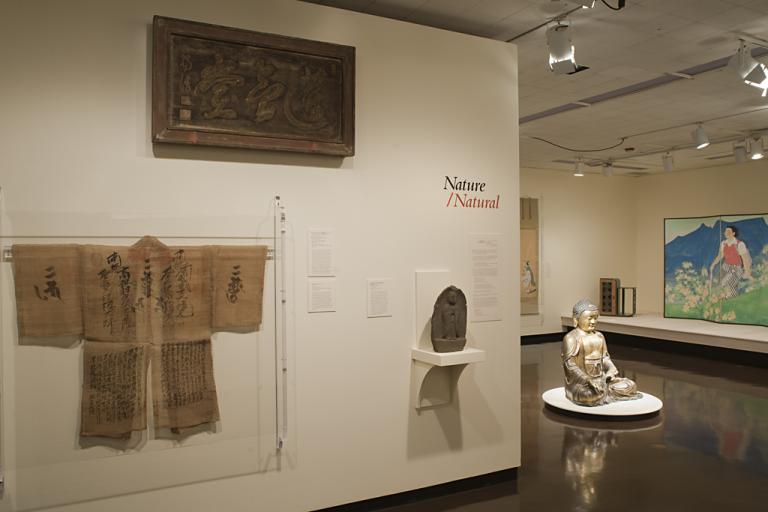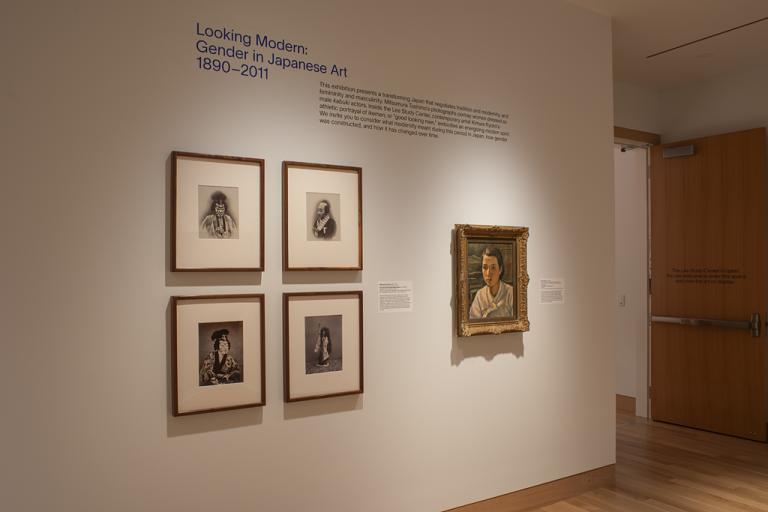Reflecting Woman, Matsumoto Masao
Artwork Overview
Matsumoto Masao, artist
1900–1964
Reflecting Woman,
circa 1920s, Taisho period (1912–1926)
Where object was made: Japan
Material/technique: paper; pigment; ink
Dimensions:
Object Height/Width (Height x Width): 178.43 x 169.54 cm
Object Height/Width (Height x Width): 70 1/4 x 66 3/4 in
Object Height/Width (Height x Width): 178.43 x 169.54 cm
Object Height/Width (Height x Width): 70 1/4 x 66 3/4 in
Credit line: Museum purchase: Helen Foresman Spencer Art Acquisition Fund
Accession number: 2012.0045
Not on display
If you wish to reproduce this image, please submit an image request



